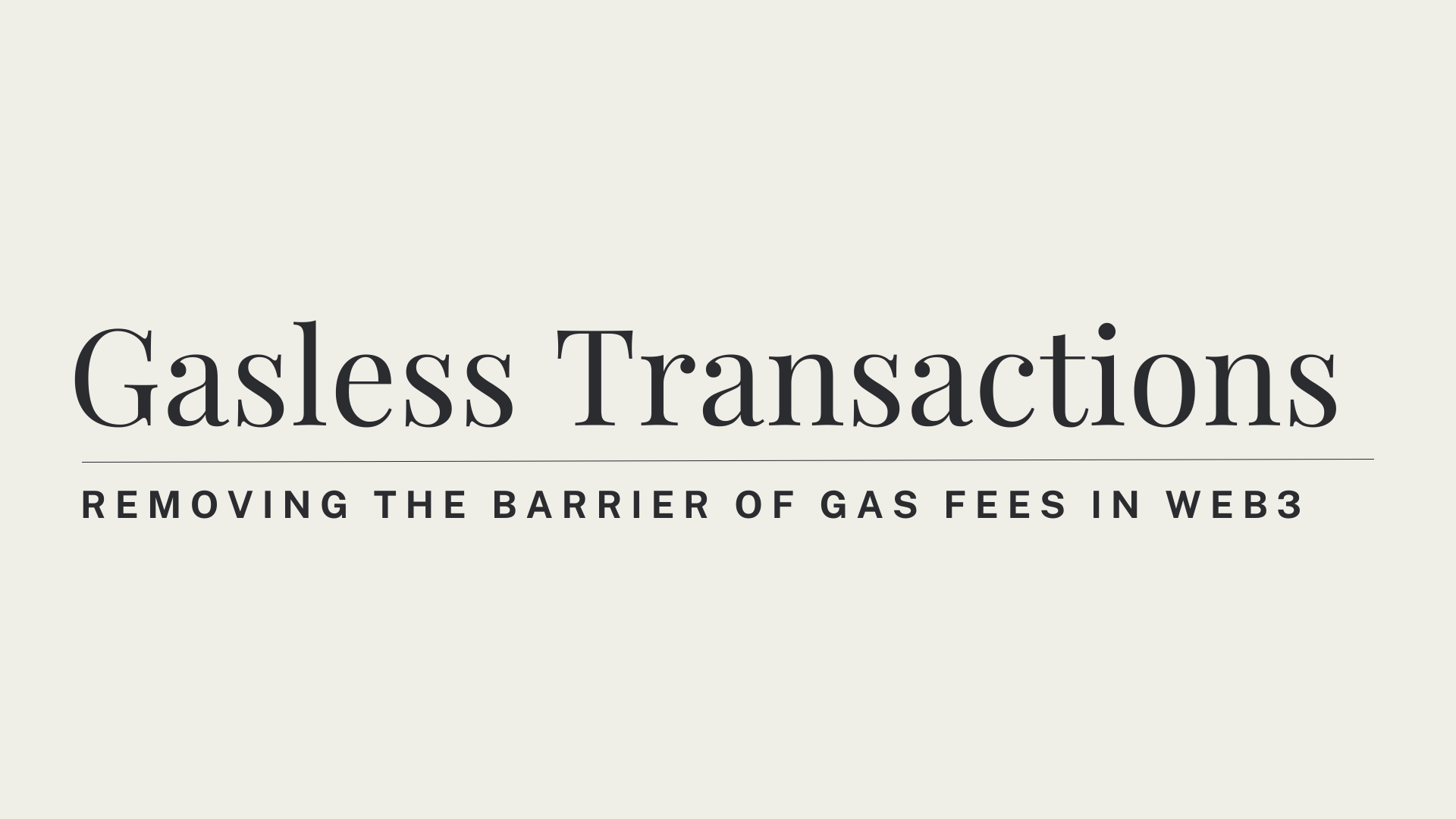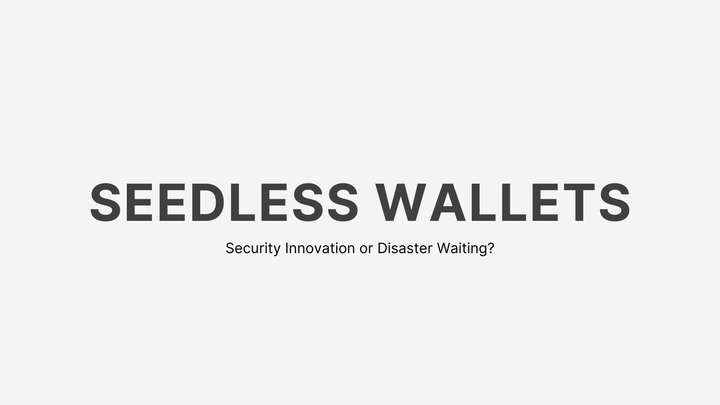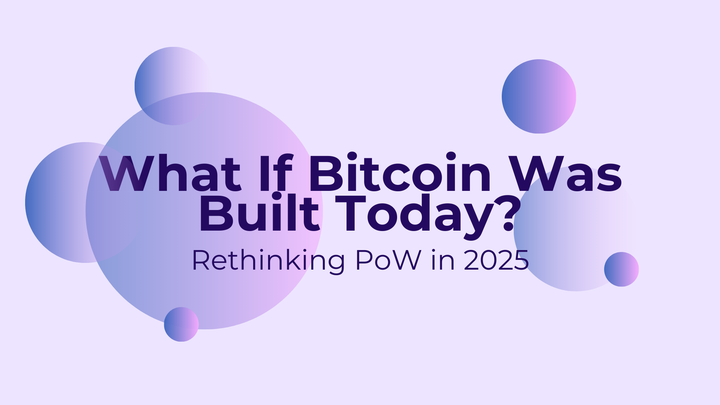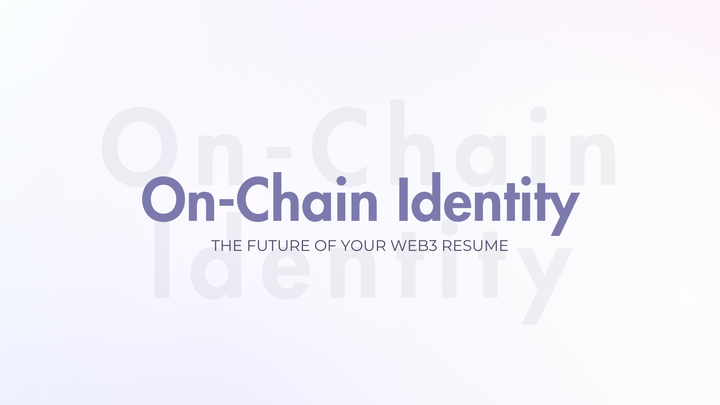Gasless Transactions: Removing the Barrier of Gas Fees in Web3

The cost of gas fees has long been a stumbling block for mainstream Web3 adoption. Users often hesitate to engage with decentralized applications (dApps) when each interaction demands expenditure on fluctuating gas prices. Gasless transactions aim to abstract or subsidize these fees, providing a smoother, more inclusive on-chain experience.
Why Gas Fees Matter
Gas fees are the transaction charges paid to blockchain validators for computational work. On networks like Ethereum, these fees can surge during congestion, sometimes exceeding the value of small transactions. High fees deter newcomers, limit micro-transactions in gaming or social apps, and create an uneven playing field for global users.
What Is a Gasless Transaction?
At its core, a gasless transaction lets a user interact with a blockchain without supplying native tokens for gas. Instead, a third party, often called a relayer or paymaster, covers or abstracts the fee. Key concepts include:
- Meta-transactions: Users sign a payload off-chain, and relayers submit it on-chain, paying the gas.
- Paymasters (ERC-4337): Smart contracts that validate and sponsor user operations based on predefined rules.
- The user Abstracting away gas payment logic into programmable wallets allows users to pay in ERC-20 tokens or defer costs.
Technical Mechanisms
Relayer Networks
Relayers are off-chain services that listen for user-signed messages and broadcast transactions, absorbing gas costs. Example: Gelato Relay provides an API to forward user messages and handle gas payments across EVM chains.
Meta-Transactions
Meta-transactions decouple transaction intent from gas payment.
- The user signs the intent message.
- Relayer wraps and submits the transaction.
- Smart contract executes as if from the original sender. This method underpins wallets like Sequence, which support gasless and gas-abstraction flows.
Paymasters in ERC-4337
ERC-4337 introduces a bundler–paymaster model:
- Bundler aggregates user operations into on-chain transactions.
- Paymaster sponsors fees based on criteria (e.g., token holdings, action types). Web3Auth’s Pimlico paymaster integration shows how developers can sponsor gas using custom smart contracts.
Layer 2 and Bundlers
Layer 2 solutions like Arbitrum or zkSync reduce base gas costs by processing transactions off-chain, then settling in batches on Layer 1. Bundlers in account abstraction coordinate transaction submission and fee payments on Layer 2 networks.
Leading Gasless Solutions
| Solution | Mechanism | Networks | Notable Feature |
|---|---|---|---|
| Biconomy | Relayer + MetaTx | Ethereum, Polygon | SDK for gasless transaction forwarding |
| Gelato Relay | Relayer API | All EVM chains | High reliability, ERC-2771 support |
| Web3Auth | Paymaster + AA | Sepolia, Mainnet | Plug-and-play paymaster configs |
| thirdweb | Bundler + Paymaster | All EVM chains | Programmable smart wallets |
| Sequence | Smart wallet relayer | Ethereum | Gasless and gas-abstraction options |
| Saakuru | Delegate model | Multi EVM | Uniform free-gas UX for dApps |
| IOTA Gas Station | Sponsorship module | IOTA network | Configurable access control |
Prominent Projects in Action
Biconomy
Biconomy’s SDK lets dApp developers integrate gasless flows with minimal code. Users sign meta-transactions, and Biconomy relayers broadcast them, compensating gas in BICO tokens or project tokens.
Web3Auth & Pimlico
Web3Auth’s Account Abstraction Provider harnesses Pimlico paymasters to cover transaction costs. Developers configure paymaster endpoints and bundler settings, enabling truly gasless onboarding.
thirdweb
thirdweb provides full-stack account abstraction tools with:
- Smart wallet factories for deploying ERC-4337 wallets.
- Paymaster integration for sponsoring gas or accepting ERC-20 payments.
- Session keys and spending limits for UX control.
Sequence
Sequence’s relayer supports both gasless transactions and gas abstraction, allowing payments in ETH, USDC, DAI, and more. Developers whitelist contracts, and Sequence handles the rest without code changes.
Saakuru Source
Saakuru covers gas fees via a delegate model over multiple blockchains, ensuring new users can mint NFTs or transact without acquiring tokens. Their approach simplifies developer effort and guarantees a uniform user experience.
IOTA Gas Station
IOTA’s Gas Station is a configurable module on the IOTA 2.0 network. It sponsors transaction fees with built-in access control, usage metrics, and resource management for businesses and dApps.
Benefits for Users and Businesses
- Lower Barriers: Users don’t need to acquire native tokens to start interacting.
- Improved UX: Gas complexities fade, matching Web2 onboarding expectations.
- Wider Adoption: Projects can target non-crypto natives and emerging markets.
- Custom Sponsorship: dApps can allocate gas budgets strategically (onboarding promotions, first-time actions).
Challenges and Trade-Offs
While gasless transactions unlock accessibility, they introduce complexities:
- Cost Burden: Sponsors must fund relayers or paymasters, potentially incurring large expenditures.
- Centralization Risks: Reliance on relayer networks may create single points of failure or censorship vectors.
- Security: Smart contract vulnerabilities in paymasters or relayers can lead to exploits.
- Abuse Mitigation: Systems need rate-limiting, identity checks, or staking requirements to prevent spam.
Future Trends
- Dynamic Sponsorships: Automated, intent-based gas funding by DAOs or advertisers.
- Cross-Chain Gasless: Meta-transactions bridging multiple networks using cross-chain relayers.
- Hybrid Models: Combining pre-purchased gas tokens with relayer sponsorship for cost optimization.
- Standardization: Emergence of universal meta-transaction protocols beyond ERC-4337 and EIP-2771.
Conclusion
Gasless transactions represent a pivotal shift in blockchain UX, democratizing access and paving the way for mass Web3 adoption. By leveraging relayers, paymasters, and account abstraction, dApp developers can remove the traditional gas barrier for users. Although this introduces new operational and security considerations, the enhanced accessibility and improved onboarding it brings are critical for the next billion users to seamlessly transition into decentralized ecosystems.
References
- TradeDog. “Breaking Down Barriers: The Seamless Experience of Gasless Transactions in Blockchain.”https://tradedog.io/breaking-down-barriers-the-seamless-experience-of-gasless-transactions-in-blockchain/
- Gelato Cloud. “Relay: Gasless Transactions to Supercharge Your Web3 UX.”https://www.gelato.cloud/relay
- Web3Auth. “Send Your First Gasless Transaction.”https://web3auth.io/docs/guides/sending-gasless-transaction
- thirdweb. “Account Abstraction: Programmable Smart Wallets.”https://thirdweb.com/account-abstraction
- Sequence. “Gasless Transactions and Gas Abstraction — How Meta Transactions Work with Sequence.”https://sequence.xyz/blog/gasless-transactions-gas-abstraction-meta-transactions
- Saakuru Source. “Gasless Transactions | Saakuru Blockchain.”https://source.saakuru.com/saakuru-source/saakuru-blockchain/gasless-transactions
- IOTA. “IOTA Gas Station | Sponsored Transaction Fees for a Smoother Web3 Experience.”https://www.iota.org/products/gas-station
MITOSIS official links:
GLOSSARY
Mitosis University
WEBSITE
X (Formerly Twitter)
DISCORD
DOCS



Comments ()